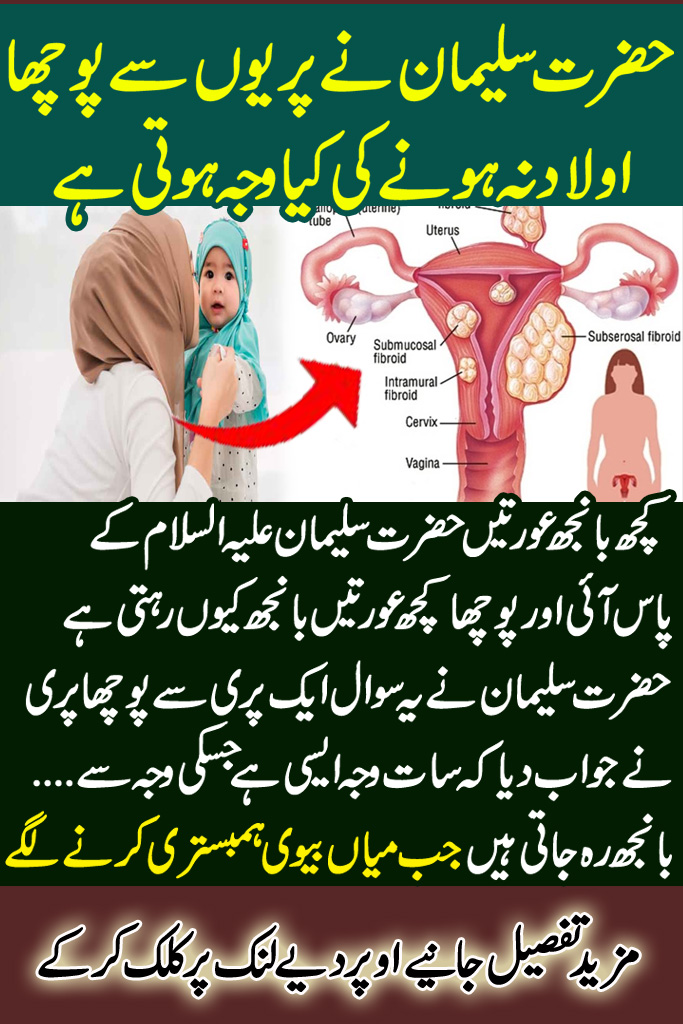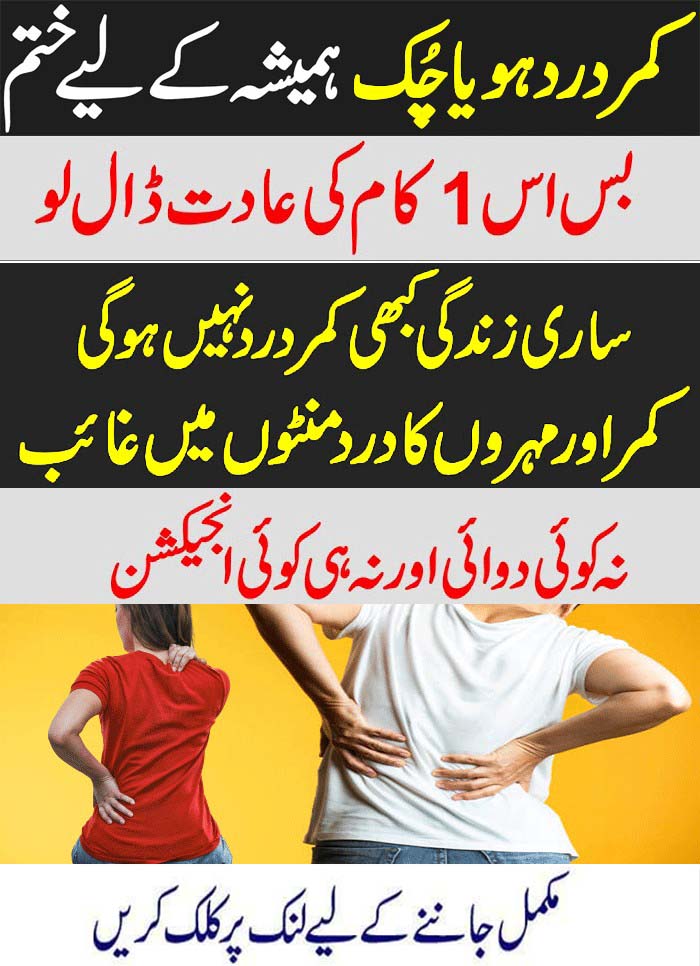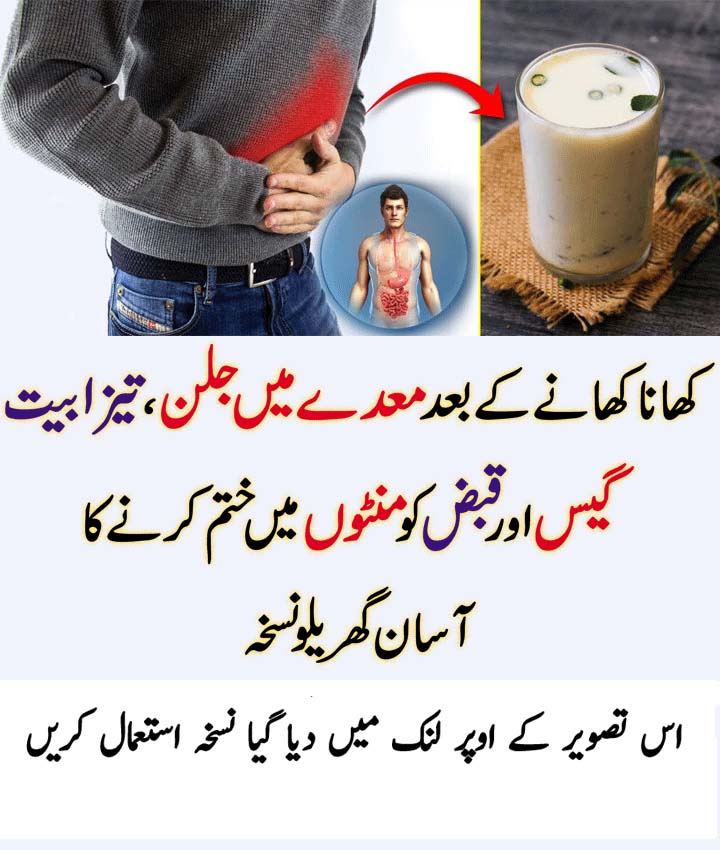London: Infertility is defined as trying to get pregnant for at least a year with no success. Female infertility, male infertility or a combination of the two affects millions of couples in the United States. An estimated 10 to 18 percent of couples have trouble getting pregnant or having a successful delivery.
Infertility results from female factors about one-third of the time and male factors about one-third of the time. The cause is either unknown or a combination of male and female factors in the remaining cases. Female infertility causes can be difficult to diagnose. There are many available treatments, which will depend on the cause of infertility.
Female Infertility Causes and Treatment
infertility
Morning Sickness in pregnancy
Irregular Periods Causes and Treatment
Many infertile couples will go on to conceive a child without treatment. After trying to get pregnant for two years, about 95 percent of couples successfully conceive.
Symptoms: The main symptom of infertility is the inability to get pregnant. A menstrual cycle that’s too long (35 days or more), too short (less than 21 days), irregular or absent can mean that you’re not ovulating. There may be no other outward signs or symptoms.
What causes female infertility?
The most common causes of female infertility include problems with ovulation, damage to fallopian tubes or uterus, or problems with the cervix. Age can contribute to infertility because as a woman ages, her fertility naturally tends to decrease.
Ovulation problems may be caused by one or more of the following:
A hormone imbalance
A tumor or cyst
Eating disorders such as anorexia or bulimia
Alcohol or drug use
Thyroid gland problems
Excess weight
Stress
Intense exercise that causes a significant loss of body fat
Extremely brief menstrual cycles
How is female infertility treated?
Infertility in women is most often treated by one or more of the following methods:
Taking hormones to address a hormone imbalance, endometriosis, or a short menstrual cycle
Taking medications to stimulate ovulation
Using supplements to enhance fertility
Taking antibiotics to remove an infection
Having minor surgery to remove blockage or scar tissues from the fallopian tubes, uterus, or pelvic area.
When to see a doctor
When to seek help sometimes depends on your age:
Up to age 35, most doctors recommend trying to get pregnant for at least a year before testing or treatment.
If you’re between 35 and 40, discuss your concerns with your doctor after six months of trying.
If you’re older than 40, your doctor may want to begin testing or treatment right away.
Your doctor may also want to begin testing or treatment right away if you or your partner has known fertility problems, or if you have a history of irregular or painful periods, pelvic inflammatory disease, repeated miscarriages, prior cancer treatment, or endometriosis



